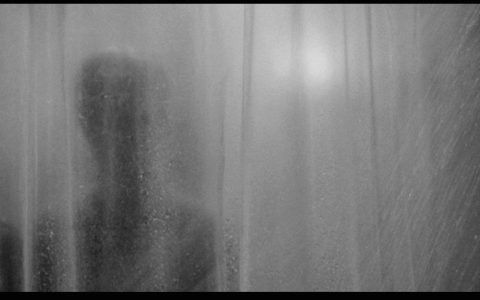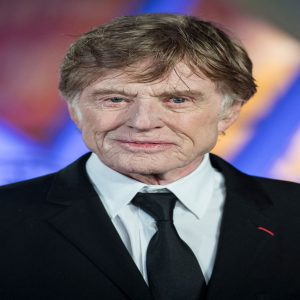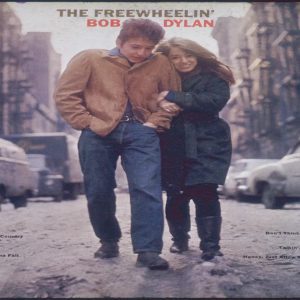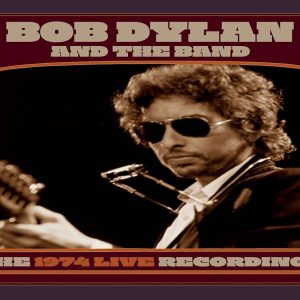Janet Leigh's name is often associated with discussions of on-screen nudity, primarily stemming from her pivotal role in Alfred Hitchcock's 1960 thriller, "Psycho."
The "Psycho" Shower Scene: Illusion and Impact
The renowned shower scene in "Psycho" is a masterclass in suggestive filmmaking rather than explicit depiction. While it created a powerful impression of nudity and violence, specific techniques were employed to achieve this effect within the era's censorship constraints:
- Rapid Editing: The scene utilized a fast-paced montage, comprising over 70 cuts in approximately 45 seconds. This quick succession of shots created a sense of chaos and implied more than was actually visible.
- Strategic Framing: Hitchcock meticulously framed each shot to avoid showing any prohibited nudity. Close-ups on Leigh's face, hands, and fleeting, obscured glimpses of her torso were used, focusing on suggestion.
- Body Double: While Janet Leigh performed in the majority of the scene, a body double, Marli Renfro, was used for certain shots to further ensure compliance with production codes and to film elements that Leigh might not have performed. The integration was seamless, contributing to the overall illusion.
- Use of Suggestion: Props like the "blood" (famously chocolate syrup) and the sharp sound effects, combined with Bernard Herrmann's iconic score, heightened the psychological horror, leading audiences to "see" more through imagination.
Censorship Context: The Motion Picture Production Code (Hays Code) in place at the time heavily restricted nudity and graphic violence. Hitchcock skillfully navigated these limitations by implying nudity and focusing on the terror of the attack, thereby pushing cinematic boundaries significantly.
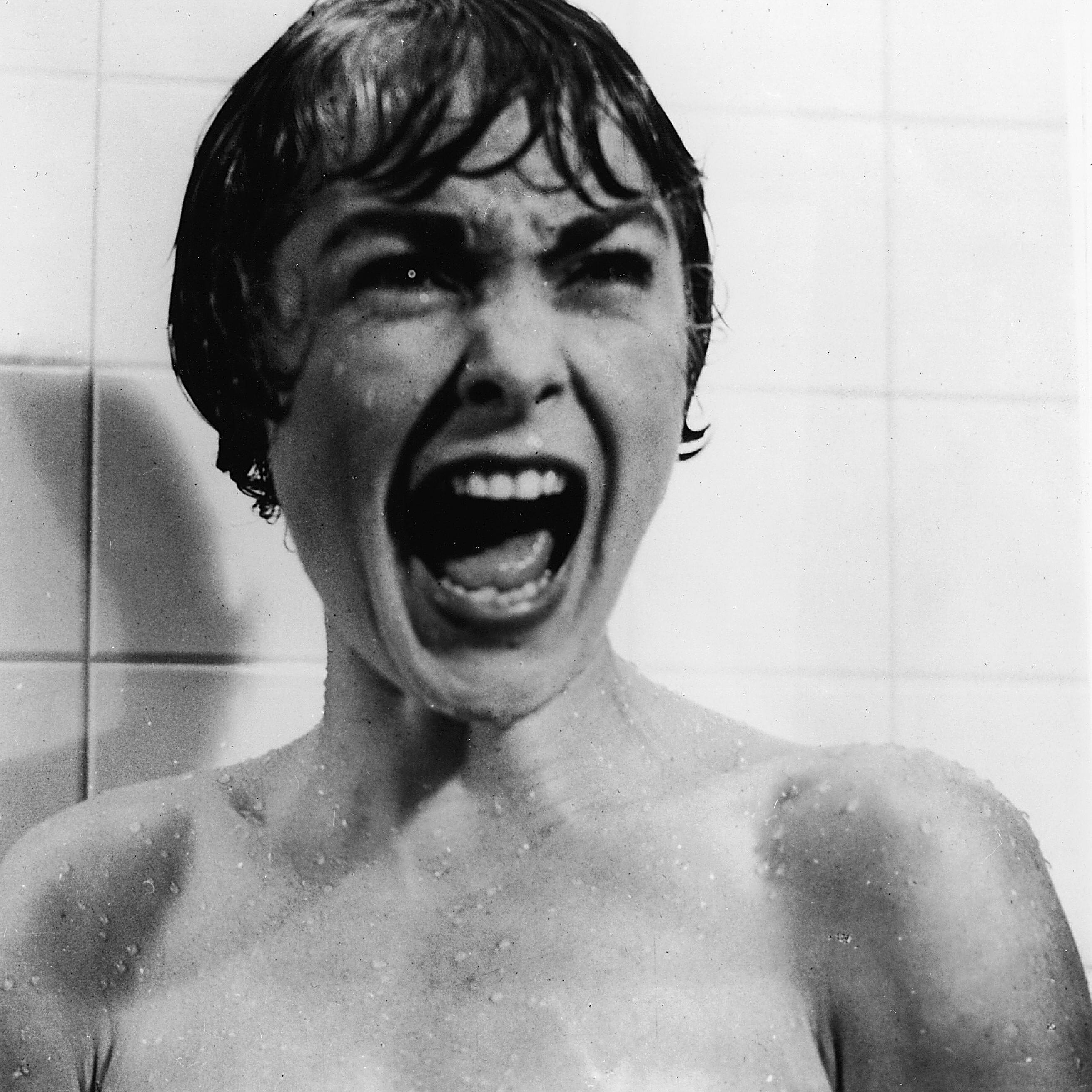
In summary, while the scene is synonymous with on-screen shock and implied nudity, Janet Leigh was not explicitly nude in a way that violated the stringent codes of the era. The enduring power of the scene lies in its artistic construction and its ability to provoke a visceral reaction through suggestion and masterful filmmaking, rather than through overt display.

